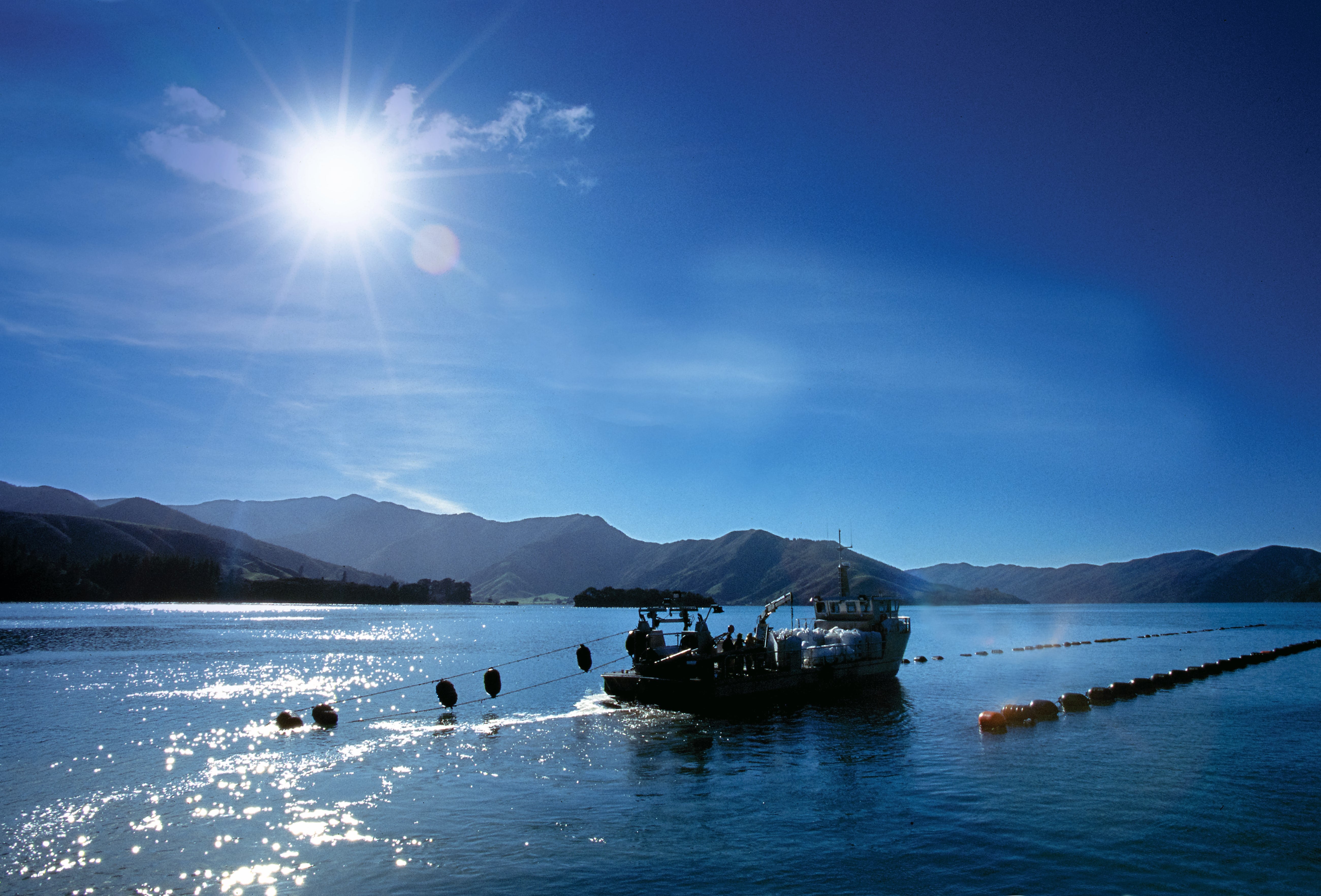Biosecurity in Aquaculture

The Ministry for Primary Industries (MPI) and Aquaculture NZ have collaborated on a project entitled "Identification of On-Farm Aquaculture Biosecurity Management Options". The project provides options to enhance on-farm biosecurity protection for New Zealand's commercial and non-commercial aquaculture sectors.
The project consisted of three parts:
- Identifying current aquaculture farmings practices, biosecurity management, and farmers concerns and perceptions.
- Technical assessment of potential biosecurity risks to the aquaculture industry and trout produces, including both organism and pathways risks.
- Development of a guide that farmers can use to develop best-practice biosecurity procedures.
Biosecurity handbook for farmers
The Aquaculture biosecurity handbook is a quick guide for fish farmers to reduce the risks of pests and diseases affecting their farms and the environment. The handbook has 7 steps for farmers to use in their daily operations.
The handbook covers aquaculture for:
- food
- fisheries enhancement (such as adding trout to the natural environment)
- research facilities holding and moving aquatic species
- ornamental fish, corals and aquatic plants.
Aquaculture biosecurity handbook for farmers [PDF 7.2 MB]
Additional reading:
- Sim-Smith, C., Faire, S., Lees, A. (2016). Managing Biosecurity Risk for Business Benefit. MPI Technical paper No: 2016/14. 217 p. ISBN No: 978-1-77665-206-8 [PDF 3.4 MB]
- Georgiades, E., Fraser, R., Jones, B. (2016). Options to Strengthen On-farm Biosecurity Management for Commercial and Non-commercial Aquaculture. MPI Technical paper No: 2016/47. 366 p. ISBN No: 978-1-77665-341-6 [PDF 2.7]
- MPI aquaculture biosecurity readiness programme